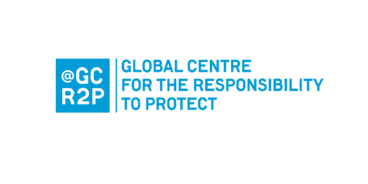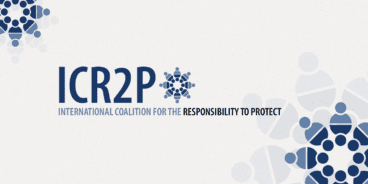Summary of the United Nations Secretary-General’s 2013 Report on the Responsibility to Protect: State Responsibility and Prevention
The fifth report of the United Nations (UN) Secretary-General on the Responsibility to Protect (R2P) focuses on Pillar I measures to strengthen national capacity to prevent genocide, war crimes, ethnic cleansing and crimes against humanity.1 The report identifies an array of structural and operational measures to invigorate national mass atrocity prevention efforts, thereby reducing the need for coercive action under Pillar III. The report also identifies six significant contributing risk factors for mass atrocity crimes.
The Secretary-General produced the report following an extensive consultation process that included written submissions from 27 Member States, 1 regional organization and 27 civil society organizations as well as regional consultation meetings with more than 120 Member States. This briefing paper provides a summary of the report, focusing on risk factors and policy options for mass atrocity prevention.
KEY POINTS
The Global Centre for the Responsibility to Protect would like to highlight the following key points from the report:
-
- By strengthening institutions that establish good governance, promote accountability and prioritize the protection of human rights, Member States can develop their capacity to build a society that is resistant to mass atrocity crimes. The development of these institutions reinforces state sovereignty and increases prospects for peace and stability.
- Mass atrocity crimes do not occur spontaneously, but rather as part of a planned process. While there is no “one-size-fits-all” approach to the prevention of mass atrocity crimes, states should be equipped with the capacity to identify risks and respond before situations deteriorate.
- Although mass atrocity prevention and conflict prevention are related, the two require separate approaches in order to identify appropriate policy responses.
- Numerous states have already adopted various domestic policies to prevent atrocity crimes. These might serve as possible models for best practice.
- Section V of the report identifies seven policy recommendations for Member States. Among those recommendations, states should prioritize the appointment of a national R2P Focal Point and the creation of a national assessment of the risk and resilience to mass atrocity crimes.
- In addition to the UN General Assembly’s annual Informal Interactive Dialogue on the Responsibility to Protect, the UN Secretary-General intends to organize a follow-up meeting to discuss implementation of this report’s recommendations.
The full summary is available for download below.

